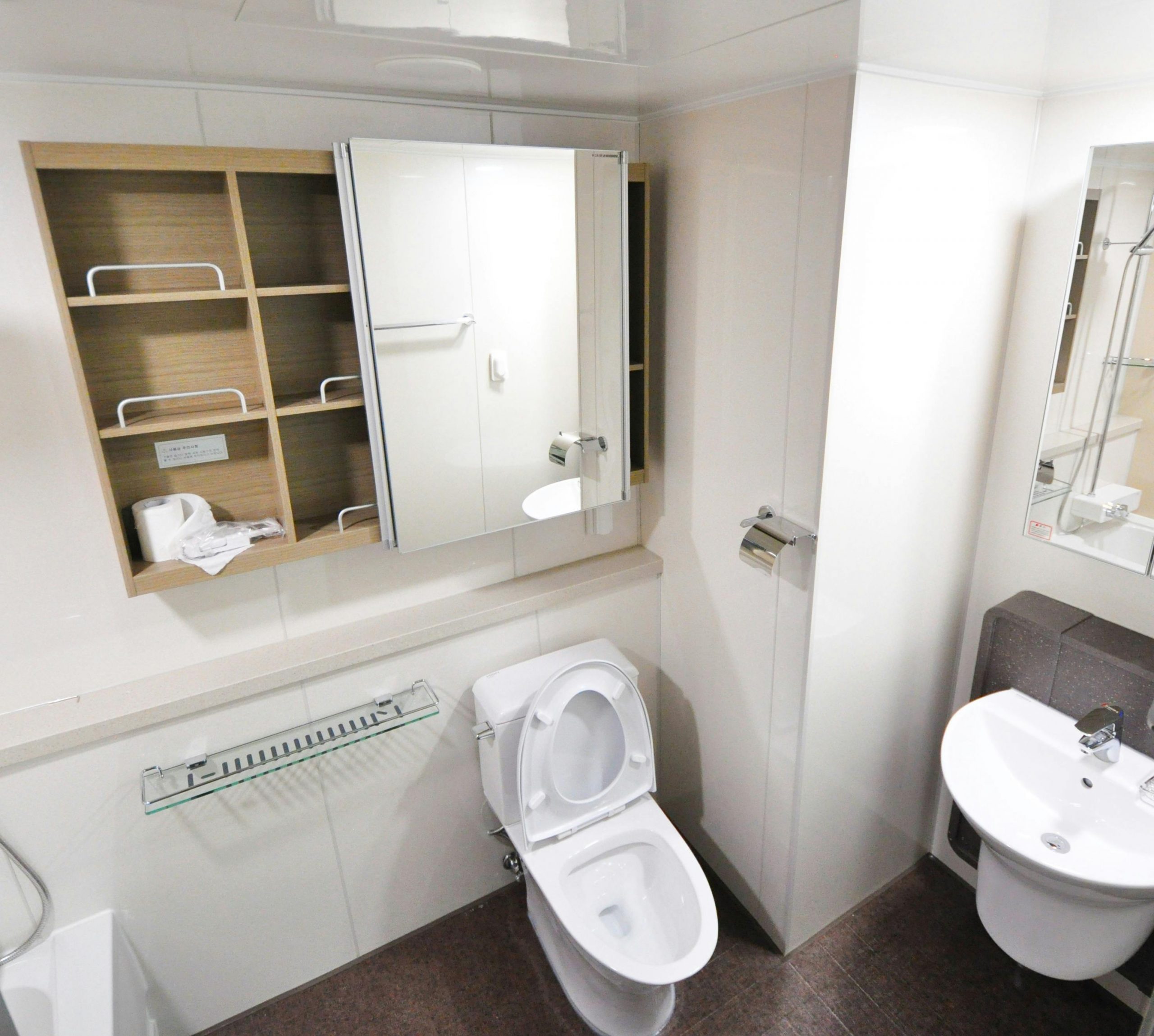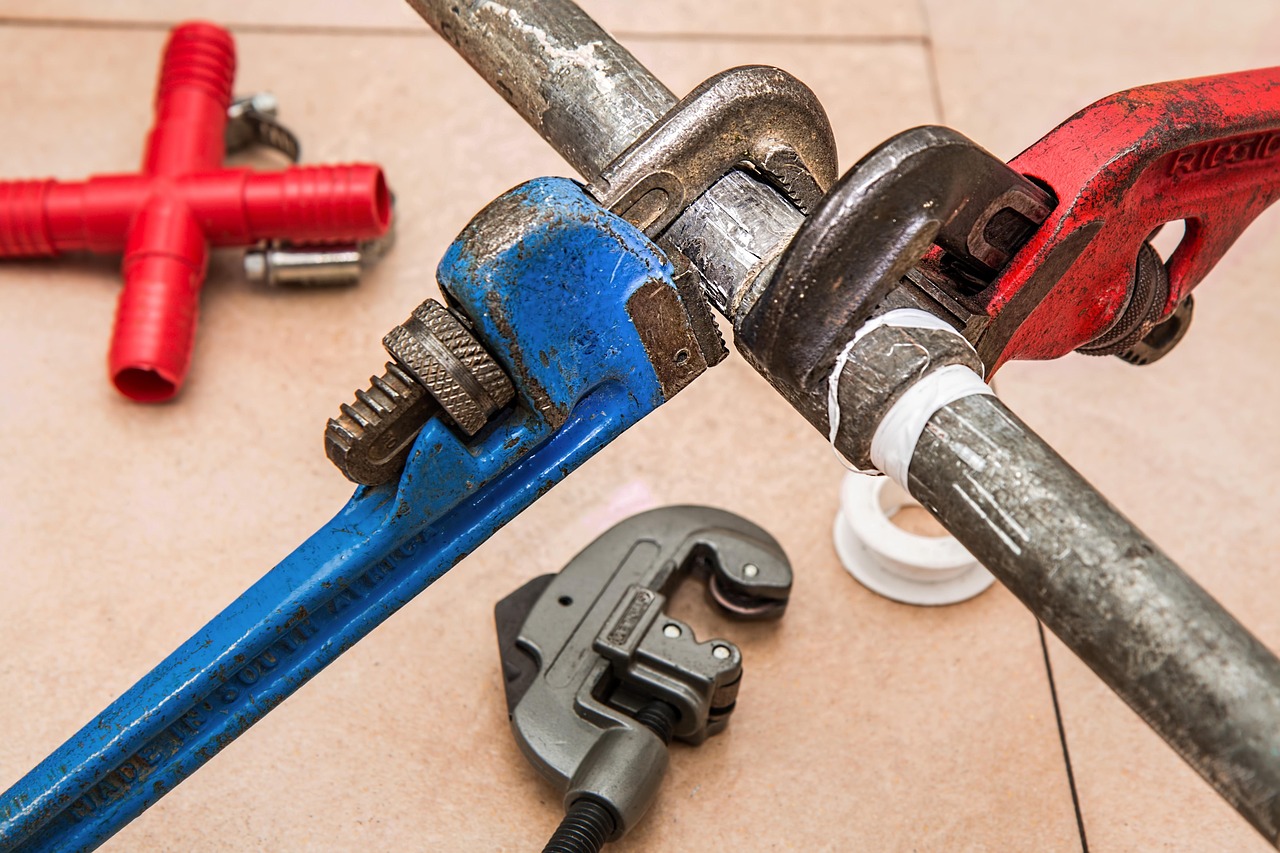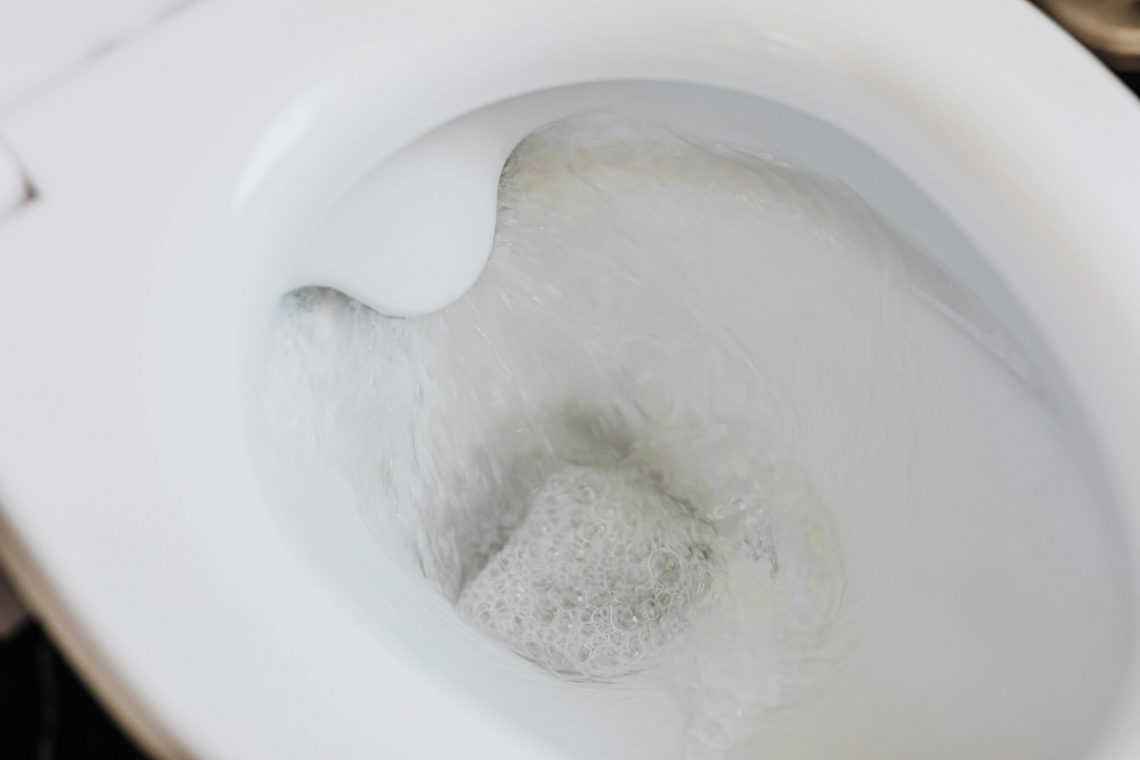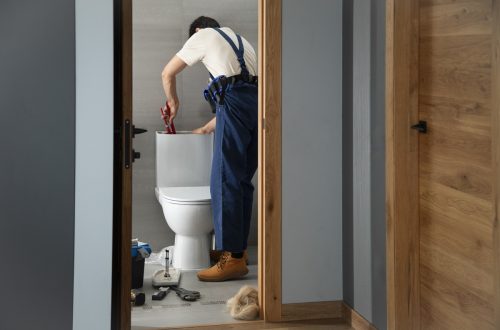
When your toilet keeps running, it’s more than just an annoying sound in the background—it’s often a sign of underlying plumbing issues that shouldn’t be ignored. Sure, a quick jiggle of the handle might stop the noise temporarily, but if it keeps coming back, your toilet is trying to tell you something.
In this guide, we’ll break down what causes a running toilet, what it might reveal about the overall condition of your plumbing, and what you can do to fix it (or when to call in the pros).
What Does It Mean When Your Toilet Keeps Running?
A toilet that runs constantly or intermittently is wasting water and could be pointing to wear-and-tear, faulty components, or deeper plumbing inefficiencies. Sometimes, the fix is easy. Other times, the issue reveals that your plumbing system may be outdated, poorly maintained, or even incorrectly installed.
A running toilet isn’t just a nuisance—it’s a red flag.
How Much Water Is a Running Toilet Wasting?
Before diving into the causes, here’s some perspective on why this matters.
According to the EPA’s WaterSense program, common toilet leaks—especially from faulty flappers—can waste thousands of gallons of water per year. In some homes, leaks waste over 90 gallons per day, which adds up quickly on your water bill and strains your plumbing system.
So when your toilet keeps running, it’s not just a sound problem—it’s a money and sustainability issue.
Top 5 Reasons Your Toilet Keeps Running

Let’s take a deeper look at what could be causing your toilet to run—and what each issue might be revealing about the condition of your home’s plumbing system.
1. The Flapper Isn’t Sealing Properly
The flapper is a flexible rubber valve that sits at the bottom of the toilet tank. Its job is to lift when you flush—allowing water to rush into the bowl—and then drop back down to seal the tank and stop the flow. Over time, flappers can lose their shape, become brittle, or accumulate mineral deposits that prevent a tight seal.
When this happens, water slowly leaks from the tank into the bowl, causing your toilet to constantly refill even though no one’s using it. This slow but steady cycle often goes unnoticed until your water bill spikes or you hear the tank refilling randomly during the day or night.
What it says about your plumbing:
Frequent flapper failures can point to hard water problems. Mineral-rich water accelerates the breakdown of rubber and plastic components inside the tank. If your home doesn’t have a water softener or filtration system, the problem is likely affecting other appliances too—like your dishwasher, water heater, and washing machine.
Fix it:
- Turn off the water supply.
- Flush to empty the tank.
- Remove and replace the flapper with a compatible one (check your toilet brand and model).
2. The Float Is Set Too High
The float in your toilet tank is a component that rises and falls with the water level. Its job is to signal the fill valve to shut off when the tank reaches the correct water level. If the float is set too high, water will continue to fill until it spills into the overflow tube—which drains it back into the bowl, creating an endless cycle.
You might notice the water never quite stops running, or you’ll hear frequent refills after each flush even if no one is using the toilet.
What it says about your plumbing:
A float that’s too high can suggest that your fill mechanism is outdated or poorly adjusted—especially if it was recently repaired or replaced. Older toilets with brass or ballcock-style floats are more prone to incorrect settings. It could also be a sign that your toilet isn’t calibrated to today’s more efficient water usage standards.
Fix it:
- Adjust the float arm down so the water stops below the overflow tube.
- For newer fill valves, turn the adjustment screw to lower the float cup.
3. Worn-Out Fill Valve
The fill valve controls how much water flows into the tank after a flush. As one of the most frequently used components in your toilet, it experiences wear and tear over time. When a fill valve gets old or clogged with debris, it may stop functioning properly—causing water to continue running or to refill at inconsistent intervals.
You may notice the tank taking longer than usual to fill or hear it hissing long after a flush.
What it says about your plumbing:
If your fill valve fails more than once, the issue might be sediment or debris in your home’s water supply. This is common in homes with aging galvanized pipes or where municipal water quality isn’t ideal. It could also mean your plumbing system needs a filter or flush to remove built-up particles.
Fix it:
- Replace the fill valve using a universal kit.
- Look for sediment buildup and flush the system while you’re at it.
4. Leaky or Misaligned Flush Handle
The flush handle may seem simple, but it plays a critical role in triggering the flush mechanism. Inside the tank, the handle is connected to the flapper via a metal or plastic chain. If the chain is too tight, it can prevent the flapper from sealing. If it’s too loose, the flapper may not lift enough to flush properly.
A corroded or loose flush handle can also stick in the downward position, keeping the flapper open longer than necessary.
What it says about your plumbing:
A misaligned handle might seem minor, but it often reflects low-quality materials, poor installation, or lack of maintenance. If your toilet’s other components are also aging or corroding, the handle issue may be the tip of the iceberg—indicating the need for a full inspection of the tank hardware.
Fix it:
- Adjust the chain to give some slack.
- Tighten or replace the flush handle if it’s corroded or sticking.
5. Worn Gasket or Cracks in the Tank
The gasket between the tank and the bowl provides a watertight seal. If it becomes worn, misaligned, or deteriorated, water can leak from the tank and cause frequent refilling. In more severe cases, hairline cracks in the porcelain tank itself can slowly leak water, which may not be visible until you notice water pooling around the base of the toilet.
Cracks can also form inside the tank and leak water directly into the bowl, creating phantom flushes.
What it says about your plumbing:
Gasket issues may indicate poor installation practices or long-term neglect, especially in older toilets. Cracks in the tank are more serious—they could suggest structural stress, improper anchoring, or age-related wear in your plumbing fixtures. If you notice unexplained moisture around the toilet, this could also be a warning sign of hidden leaks or water damage beneath the floor.
Fix it:
- Replace the tank-to-bowl gasket.
- If you suspect a crack, it may be time to replace the tank or the entire toilet.
Could a Running Toilet Be a Sign of Bigger Plumbing Issues?
Absolutely. While a running toilet might seem like a small, isolated problem, it can actually be a symptom of larger issues within your home’s plumbing system. Toilets are connected to your water supply and drainage network, so when something’s off—whether it’s pressure, water quality, or aging infrastructure—it often shows up in places like the toilet tank.
Here’s what your running toilet might be trying to tell you:
1. Hard Water Buildup Is Causing Premature Part Failure
If you’re replacing flappers, fill valves, or gaskets more often than expected, your home may be dealing with hard water—water that contains high levels of calcium and magnesium. Over time, these minerals leave behind scale that can coat toilet components, stiffen rubber seals, and clog small passages within the fill valve.
Hard water doesn’t just affect toilets. It also shortens the lifespan of water heaters, dishwashers, and even your faucets and showerheads. If your toilet parts are wearing out quickly, it may be a sign that your entire plumbing system is battling mineral buildup, and it might be time to consider a water softener or in-line filter.
2. Poor Water Pressure Regulation from Aging or Damaged Pipes
When water pressure fluctuates, it can affect how efficiently your toilet tank fills—and whether it shuts off at the correct time. In some cases, high water pressure can overwhelm internal components like the fill valve, causing constant refills or leaks. Low water pressure, on the other hand, might lead to slow filling and phantom flushes as the system struggles to regulate flow.
Irregular pressure is often tied to aging pipes, corroded supply lines, or pressure regulators in need of adjustment. If your toilet is running and you’ve noticed inconsistent water pressure at sinks or showers, there’s a good chance the issue extends beyond the bathroom.
3. Water Supply Contamination or Backflow Problems
Sometimes, a running toilet may signal a backflow issue—when dirty water from your home flows in the opposite direction due to a sudden change in pressure. Though toilets are designed with backflow prevention in mind (via air gaps and anti-siphon valves), a malfunctioning fill valve or faulty plumbing layout could allow contaminants to enter your home’s water supply.
Even if backflow isn’t the culprit, sediment in your supply line—like rust from old pipes or debris from municipal lines—can clog valves, wear out seals, and trigger running issues. If your toilet isn’t the only fixture acting up, your supply line could be compromised or in need of filtration.
4. Neglected Maintenance Across the Plumbing System
If your toilet keeps running and small fixes aren’t lasting, it might be a sign that routine plumbing maintenance has been put off. Many homeowners wait for something to break before calling a plumber, but toilets are often the first place those deferred issues show up.
Think of your toilet as a “canary in the coal mine” for your plumbing system. Constant running might reflect:
- Outdated or corroded shutoff valves
- Worn-out supply lines behind the wall
- A lack of annual inspections to flush sediment and test pressure
- Aging fixtures that no longer meet efficiency standards
If your toilet continues to act up even after multiple part replacements, it’s worth stepping back and evaluating the bigger picture—especially if your home is more than 15–20 years old.
Should You DIY or Call a Plumber?

DIY if:
- You’ve identified a worn flapper, loose chain, or incorrect float height.
- You’re comfortable shutting off the water supply and using basic tools.
- The issue is isolated to the toilet and doesn’t recur after a simple fix.
Call a plumber if:
- You suspect pipe corrosion, sediment issues, or backflow.
- The toilet is part of an older system showing other signs of trouble (slow drains, water discoloration, odd smells).
- You’ve tried replacing multiple parts and it’s still running.
How to Prevent Your Toilet from Running Again
Preventative maintenance can help you avoid dealing with a running toilet down the line. Here’s what you can do:
Annual Maintenance Checklist:
- Inspect the flapper for warping or mineral buildup.
- Check float height and adjust if needed.
- Flush the fill valve to remove any trapped sediment.
- Tighten the flush handle and check for corrosion.
- Listen for irregular refills or phantom flushes.
Water Quality Matters:
If you live in an area with hard water, consider:
- Installing a whole-home water softener
- Cleaning internal toilet parts with vinegar to reduce buildup
- Using higher-quality replacement parts rated for hard water resistance
When Is It Time to Replace the Toilet?
If your toilet keeps running despite multiple fixes, you might be dealing with an outdated unit that’s no longer efficient. Signs it’s time to replace:
- Multiple internal parts need replacing at once
- Cracks in the tank or bowl
- Repeated clogs or poor flushing performance
- It’s over 20 years old and not water-efficient
Modern toilets use as little as 1.28 gallons per flush, compared to older ones that use up to 5 gallons. A replacement can save water and improve your bathroom’s efficiency. When in doubt, consult a plumbing consultant to assess whether a full upgrade makes sense or if targeted repairs will suffice.
Wrapping It Up: Don’t Ignore the Sound
If your toilet keeps running, don’t write it off as a harmless quirk. It’s usually trying to tell you that something—whether in the tank or your home’s plumbing system—isn’t right.
Start with a simple check of the flapper or float. If that doesn’t work, dig deeper into the parts or consider that your system may need a closer look. Either way, catching the issue early prevents water waste, high bills, and bigger plumbing headaches down the road.



